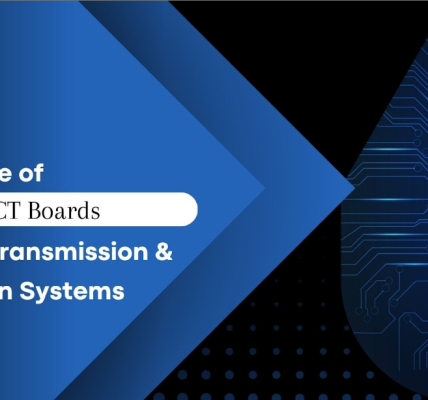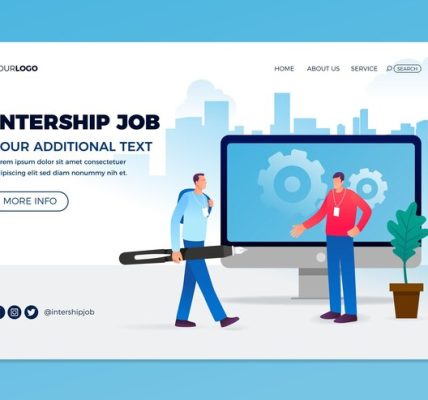In today’s fast-paced world, the demand for smart solutions that can streamline daily tasks is on the rise. One of the most revolutionary advancements in this domain is the AI personal assistant app. These apps, powered by artificial intelligence, can manage schedules, send reminders, provide information, and even control smart home devices, making them indispensable tools for modern living. If you’re a developer looking to create an AI personal assistant app, this guide will help you navigate the essential steps and considerations.
Understanding the Basics
Before diving into development, it’s crucial to understand what makes an AI personal assistant app development effective. At its core, an AI personal assistant should be able to:
- Understand Natural Language: Using natural language processing (NLP) to comprehend and respond to user queries.
- Learn and Adapt: Employ machine learning algorithms to improve responses and anticipate user needs over time.
- Integrate with Services: Connect seamlessly with various services like calendars, email, social media, and smart home devices.
- Ensure Privacy and Security: Protect user data with robust security measures.
Key Features to Include
- Voice and Text Input: Allow users to interact with the assistant using voice commands or text input.
- Task Management: Offer functionalities like setting reminders, creating to-do lists, and scheduling events.
- Information Retrieval: Provide quick access to information such as weather updates, news, traffic conditions, and more.
- Smart Home Integration: Enable control over smart home devices like lights, thermostats, and security systems.
- Personalization: Customize responses and suggestions based on user preferences and habits.
Steps to Develop an AI Personal Assistant App
-
Market Research and Planning
- Identify your target audience and understand their needs.
- Analyze competitors to find gaps in the market that your app can fill.
- Plan your app’s unique features and functionalities.
-
Designing the User Interface (UI)
- Create an intuitive and user-friendly interface.
- Focus on simplicity and ease of navigation.
- Design for both mobile and desktop platforms if necessary.
-
Choosing the Right Technologies
- NLP Tools: Use frameworks like Google’s Dialogflow, Microsoft’s LUIS, or open-source alternatives like Rasa.
- Machine Learning Libraries: Implement machine learning with libraries such as TensorFlow, PyTorch, or scikit-learn.
- Voice Recognition: Integrate voice recognition capabilities using APIs like Google Cloud Speech-to-Text or Amazon Transcribe.
-
Development Phase
- Backend Development: Set up a robust backend to handle data processing, user authentication, and API integrations.
- Frontend Development: Develop the app’s frontend using frameworks like React Native for cross-platform compatibility.
- Integration: Connect your app to various third-party services and APIs.
-
Testing and Debugging
- Conduct thorough testing to identify and fix bugs.
- Perform usability testing to ensure the app is intuitive and meets user expectations.
- Ensure compatibility across different devices and operating systems.
-
Deployment and Maintenance
- Deploy your app to app stores and other distribution platforms.
- Gather user feedback and continuously update the app to improve performance and add new features.
- Monitor the app for security vulnerabilities and ensure regular updates to protect user data.
Challenges and Considerations
- Data Privacy: Ensure that your app complies with data protection regulations like GDPR and CCPA.
- User Trust: Build trust by being transparent about data usage and implementing strong security measures.
- Continuous Improvement: Regularly update the AI algorithms to enhance accuracy and performance.
Future Trends
The AI personal assistant market is evolving rapidly, with trends like increased personalization, better integration with IoT devices, and advancements in conversational AI. Staying updated with these trends and continuously innovating will be key to maintaining a competitive edge.
Conclusion
Developing an AI personal assistant app is a complex yet rewarding endeavor. By focusing on essential features, leveraging the right technologies, and prioritizing user experience, you can create an app that not only meets but exceeds user expectations. As AI continues to advance, the potential for personal assistant apps will only grow, making this an exciting field for developers to explore.
Whether you’re a seasoned developer or new to the field, the journey of creating an AI personal assistant app offers a unique opportunity to impact how people manage their daily lives, making it an endeavor worth pursuing.





